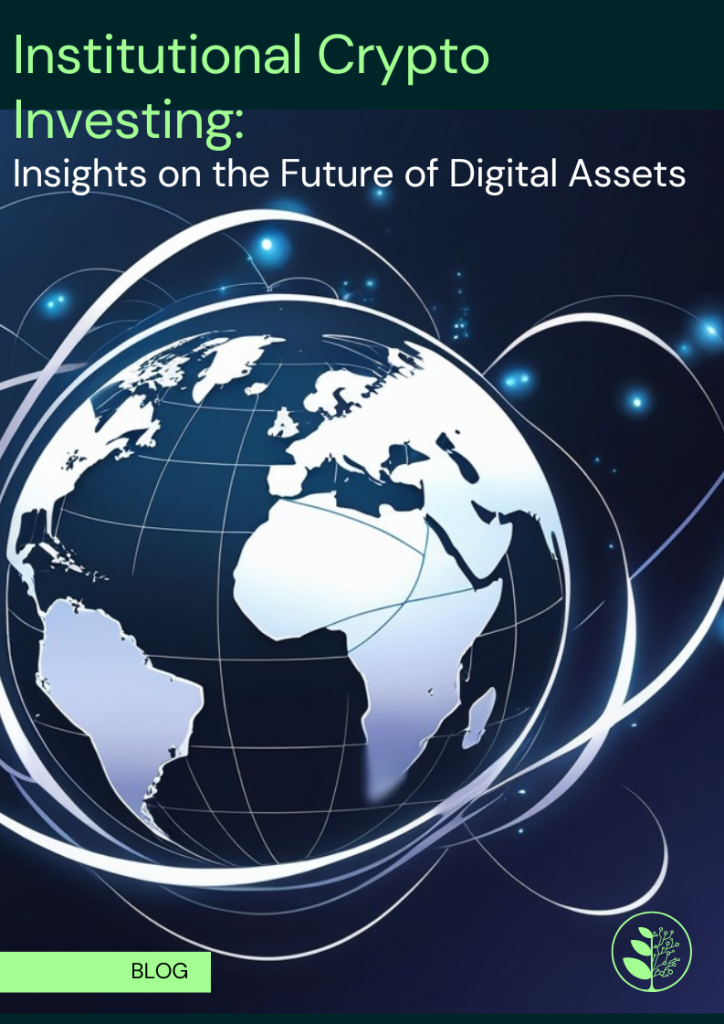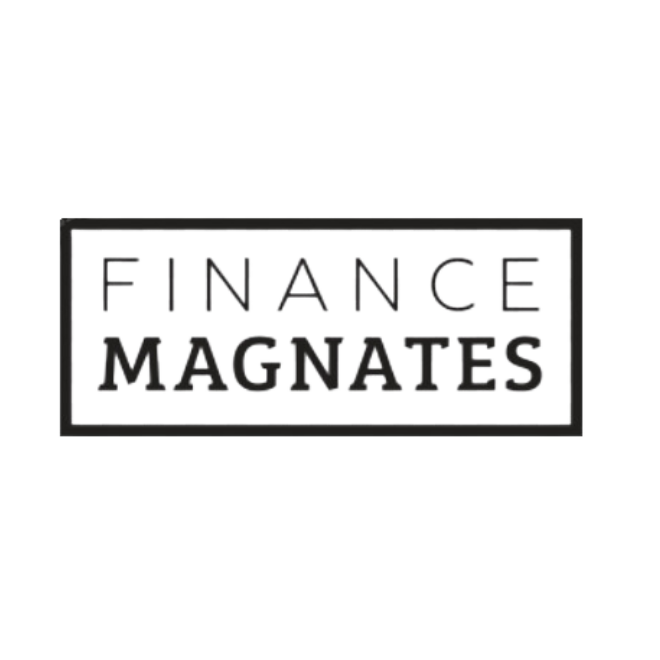
The digital asset industry is maturing very quickly, and institutional investors are beginning to evaluate its promise. For this edition of The Gage, host Sean Kiernan talks to Colin Jones, PhD, Founder and Chief Investment Officer of Outerlands Capital, about his evolution into the crypto space, the role of research in investing in digital assets, and the future of institutional adoption.
From Academia to Digital Assets – Colin’s Journey
Colin Jones was an unlikely evangelist for digital assets. A finance professor at the University of Notre Dame. He had no reason to enter the industry until he met this one student in 2013, who walked into his office and asked, “Have you ever heard of Bitcoin?” That moment changed everything.
“I was just blown away by the tech,” Jones recalled. “We opened the price chart, and it was crazy—it had gone up and down, very volatile. I read the white paper, and, as we like to say, went down the rabbit hole.” Jones’s interest led him to take a good, hard look at Ethereum when it launched. He became more and more interested, at least in part, because of the ideas around programmable money and decentralised finance.
By 2016, he was already teaching courses at the university level on digital assets, introducing his students to blockchain concepts before it was cool in the major financial world. However, nearly a decade in academia had him ready to move on. “Got bored with academia, let’s say, around 2021, and I wanted to follow my passion for digital assets,” he said. That led him to Horizon Labs, a blockchain development company, where he built out the firm’s investments team and got into tokenomics, treasury management, and other blockchain-related finance strategies.
His experience at Horizon ultimately led to the founding of Outerlands Capital in 2023, a company that specialises in institutional-quality digital asset portfolios. “Our goal is the creation of high-quality portfolios of liquid digital assets and extending them to institutional investors,” Jones noted. “Every one of them is going to look at this and go, ‘Hold on, this isn’t just a bunch of fluff. There is real value being built in Web3, and it is real value that accrues to tokens.'”
Institutional Investing in Crypto – Breaking Misconceptions
Institutional investors show deep reluctance toward cryptocurrencies due to their investing environment. Major investment organisations label digital assets as mere speculations without appreciating the practical implementation of blockchain technology in the real world.
Jones explained that investors who focus only on meme coins are discarding useful information when they dismiss crypto. A fundamentally strong decentralisation movement continues to emerge because it transfers authority and property rights of network assets to their builders. Outerlands Capital utilises research-based strategies in digital asset investments by performing data analysis coupled with fundamental research and risk management techniques to create high-quality investment portfolios.
The first step of our exploration focused on implementing basic elements of diversification according to Jones. The concept of diversification functions identically in crypto investments as it functions in all other asset classes. The concept seemed unproblematic even though it was essentially new during the digital asset era. Outerlands developed research findings from which they determined that institutional investors should invest in multiple crypto assets beyond Bitcoin and Ethereum to optimise their portfolios.
Portfolio Construction & Digital Asset Allocation
Jones explained how institutional investors should include digital assets in their traditional investment portfolios even though the majority of them maintain no crypto holdings.
He emphasised their goal to create investment portfolios that institutions could utilise as part of their extended investment portfolios. The introduction of Bitcoin into investment portfolios requires more than a simple addition because Bitcoin stands out as exceptional, yet the other crypto assets remain complex to manage. Do we have the capability to obtain the top-quality crypto assets available in the market and assemble them into diverse investment portfolios? According to Jones, most institutional investors should consider starting their digital asset investment allocation between 1% and 5%.
Governance tokens allow holders to vote within decentralised autonomous organisations and blockchain projects, hence one area of interest. “I insist that this is something vital. Don’t fight revolutions to get the right to vote; in another world, governance tokens should be precious.” But showing governance tokens that are poorly structured or misused, he said, is what turns institutional investments off. “A lot of governance tokens exist that probably shouldn’t exist in the first place,” he explained. “But if they are well-structured, governance tokens can pose considerable value. We are focusing on tokens grounded in real reliability and economic control.”
While in traditional finance, the majority of institutional investors have a penchant for passive investment strategies such as index funds and ETFs, Jones argued that crypto needs an active management approach. “If you just index across the top 100 digital assets by size, you end up with a whole lot of assets I don’t believe in,” he said. Instead, a fundamental index with real usage metrics builds their investment strategy, and they consider the following when determining specific weights:
“We’re trying to be technology investors that are buying technology assets, not meme coins,” Jones said. “We want to invest in projects that provide real value, and our index reflects that.”
The Future of Institutional Crypto Investing
The future of digital assets looks promising according to Jones because institutional investors have started to intensely analyse crypto possibilities. According to him, the investors we are discussing with aim to transition beyond their current zero position. The investors recognise digital assets operate as a vibrant investment class with no other opportunity offering this same degree of explosive upward potential during and after its current phase.
Regulation and market maturation strategies will play an essential role in stimulating mainstream digital asset adoption according to him. Ambiguous period precedes the establishment of stability in markets of every kind, including early equity markets and venture capital and emerging market investments. Digital assets undergo the same transformation process that occurred in traditional assets previously. Jones prompted investors to evaluate Web3 together with decentralisation concepts and blockchain finance prospects with an open mind.
The idea represents a revolutionary approach according to him. People remain in a discovery phase for this technology, which provides smart investors an opportunity to develop structured diversified portfolios to extract long-term value from it.
Why Institutions Should Pay Attention
Colin Jones revealed how Outerlands Capital and other firms have progressed from initial Bitcoin doubts towards structured research-based digital asset investment strategies. The message becomes apparent to institutional investors that crypto represents both a financial transformation technology and prospect for durable market expansion. The marketplace for digital assets continues its growth trajectory, which indicates they should have space in institutional investment portfolios according to Jones. The market will stay volatile but institutions that implement proper allocation sizes have the chance to achieve substantial returns. The Outerlands Capital website presents their recent research on crypto portfolio construction and governance tokens along with institutional digital asset allocation to interested readers.
To learn more, listen to our podcast series, The Gage Episode 34.












